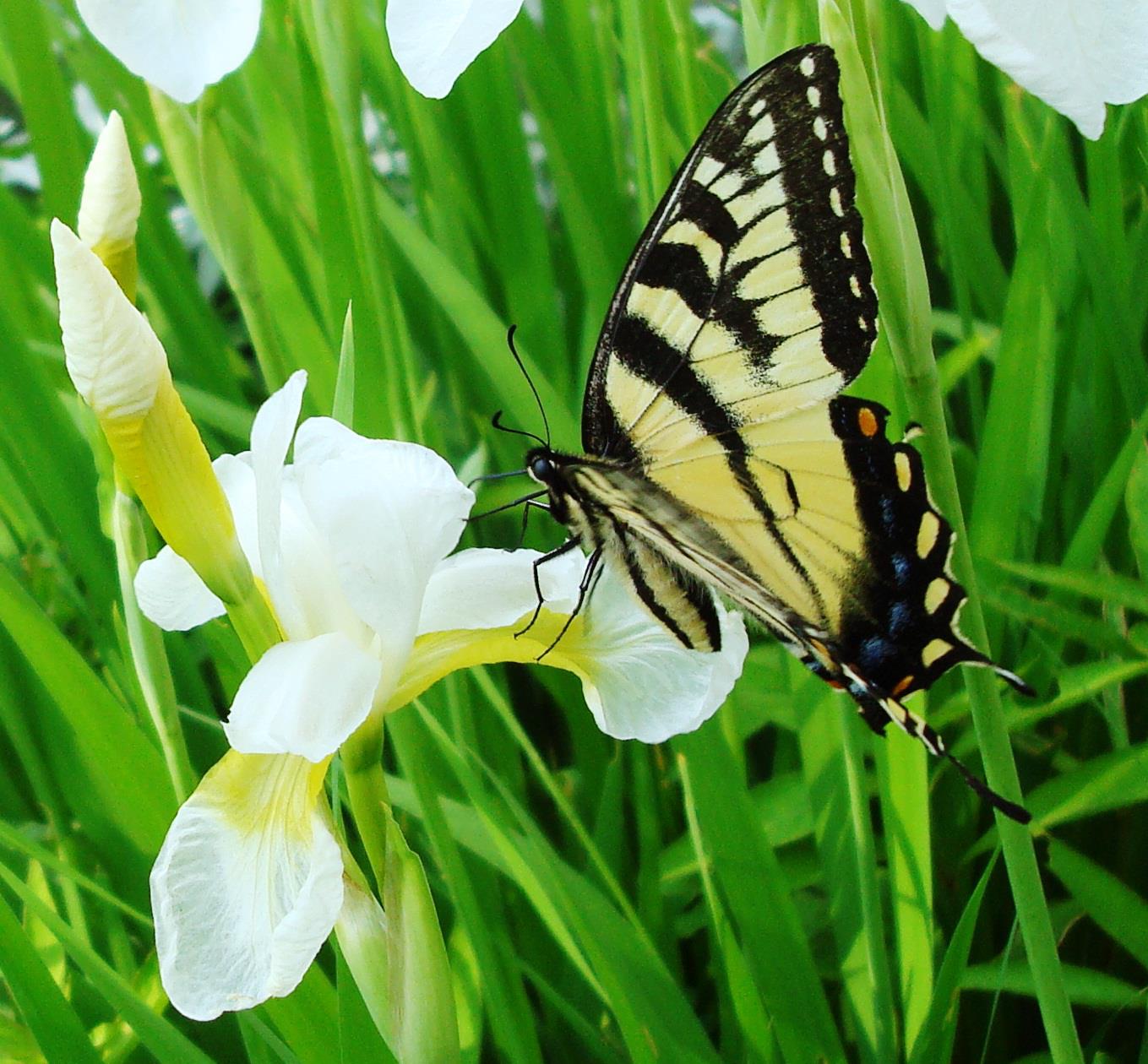Home → Landscapes → Applying Design
Applying Design
Quick Tips
- Develop a plant list. The first step in designing is taking a close look at the native landscape in your area to learn what plants thrive. Non-native plants can have their place in your yard too. Look for ones that are not known to escape into the wild and require low maintenance. The University of Connecticut Plant Database lists the "liabilities" of plants which helps you avoid problem trees and shrubs. Finding out what not to plant is just as important. Visit Plants to avoid.
- Welcome wildlife. Landscaping for wildlife is healthy gardening at its best. Gather critters and flitters by reducing your lawn, planting in layers (trees, shrubs and groundcovers) and aiming for a mix of species. Try plants that offer sheltering thickets or produce pollen, nectar and fruit (Attracting Beneficial Insects with Native Flowering Plants (PDF)). Add water like a pond or birdbath. Always have something in bloom especially early on to attract insects that will in turn attract birds. Add non-living materials like fallen logs, stonewalls and feeders.
- Consider your needs. How do you use your yard? Playing, grilling or not at all? What do you want in your yard? Flowers, birds, a quiet place to sit and read? What are the characteristics of your yard? Good drainage, swampy, low light, sunny? What can you do to improve water quality? Reduce your lawn, plant for wildlife?
- Draw a map. A Picasso you may not be, but a sketch of your property is indespensible in figuring out different landscape designs. Include windows, doors, driveways, walks, outbuildings, and existing trees, shrubs and plants.
- Create space by building outdoor rooms. Design rooms as you would in a house. Walls are trees, shrubs, wildflowers, or structures like a fence. The ceiling can be the sky or a tree. Think about how the rooms will be used. Draw different rooms scenarios on tracing paper to place over your map.
- Plant buffers. Plant trees, shrubs and groundcovers to create “buffers” (natural filters) along shorelines and downhill of stormwater runoff. Do not rake up the “duff” (nature’s mulch of twigs, pine needles and leaves ) in the buffer zone. Be LakeSmart (PDF)
